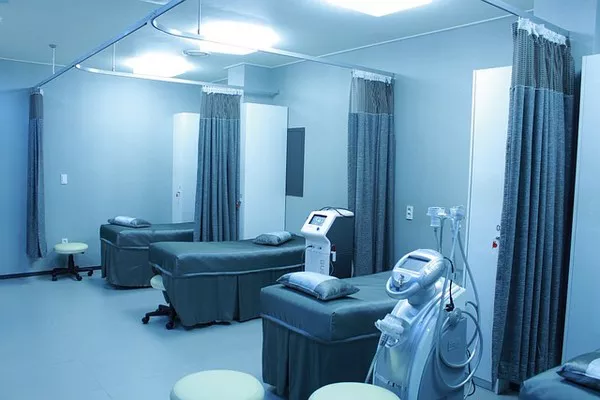A recent research report by Gibbins Advisors has revealed that 2023 emerged as a watershed year for Chapter 11 bankruptcy filings in the healthcare sector, representing the highest volume in the past half-decade. The restructuring advisory firm identified 79 filings with liabilities exceeding $10 million across various healthcare segments, including hospitals, medical practices, pharmaceuticals, medical equipment suppliers, lab services, and senior care.
This figure surpasses the combined volume of 2022 by over 1.7 times and is more than three times that of 2021, characterized by Gibbins as a year with minimal filings. Additionally, it is 1.5 times higher than 2019, the second-highest calendar year within the five-year review period.
Notably, 28 of these bankruptcy filings involved larger organizations with liabilities exceeding $100 million, signifying a significant increase compared to the seven filings in 2022 and eight in 2021. Senior care and pharmaceutical companies contributed substantially to the filings, with 15 and 20 cases, respectively. The pharmaceutical sector, in particular, has consistently accounted for a significant portion of bankruptcies with liabilities exceeding $500 million over the past five years.
Gibbins Advisors pointed out a noteworthy surge in hospital bankruptcy filings, rising from three in 2021 and two in 2022 to 12 in 2023. A third of these hospital filings involved organizations with liabilities exceeding $100 million. The report underscores that not all financially distressed hospitals opt for bankruptcy protection, especially if they are part of a larger health system or deemed nonviable without potential buyers or backers.
The report cites acute care hospital opening and closure data collected from MedPAC, indicating a net closure of 48 hospitals from 2018 through 2022. The slowdown in hospital closures early in the pandemic, attributed to government relief funding, has given way to a surge in bankruptcy filings in 2023, driven by the expiration of pandemic protections.
Clare Moylan, Principal at Gibbins Advisors, anticipates continued distress in the hospital sector throughout 2024, particularly for rural and standalone hospitals grappling with profitability, liquidity, and leverage challenges.
Gibbins Advisors noted a noteworthy trend in healthcare bankruptcy filings, which increased for six consecutive quarters until Q4 2023. The fourth quarter of 2023, however, marked the first time in a while without any senior care organization filings. While the reasons behind this slowdown remain unclear, the firm speculates that 2024 may introduce new challenges, including cost pressures, low pay rate increases, persistent high interest rates, and the unwinding of Medicaid continuous enrollment, potentially leading to a resurgence in senior care bankruptcies. Tyler Brasher, Director at Gibbins Advisors, stated, “As for total case volume, we are seeing a lot of distress in healthcare as the market remains very challenging for providers, so we expect to see continued levels of healthcare bankruptcies in 2024 that we saw last year.”


